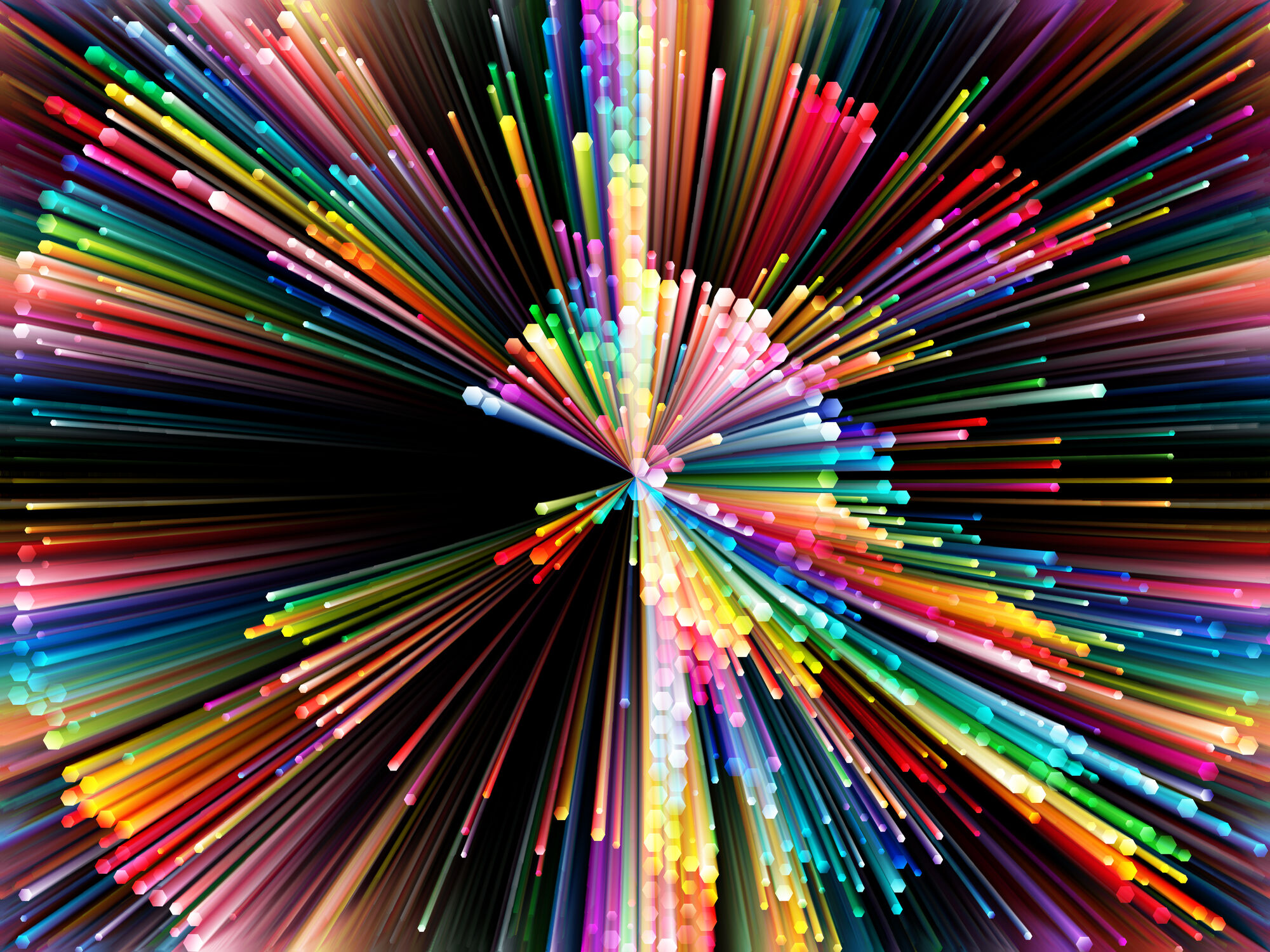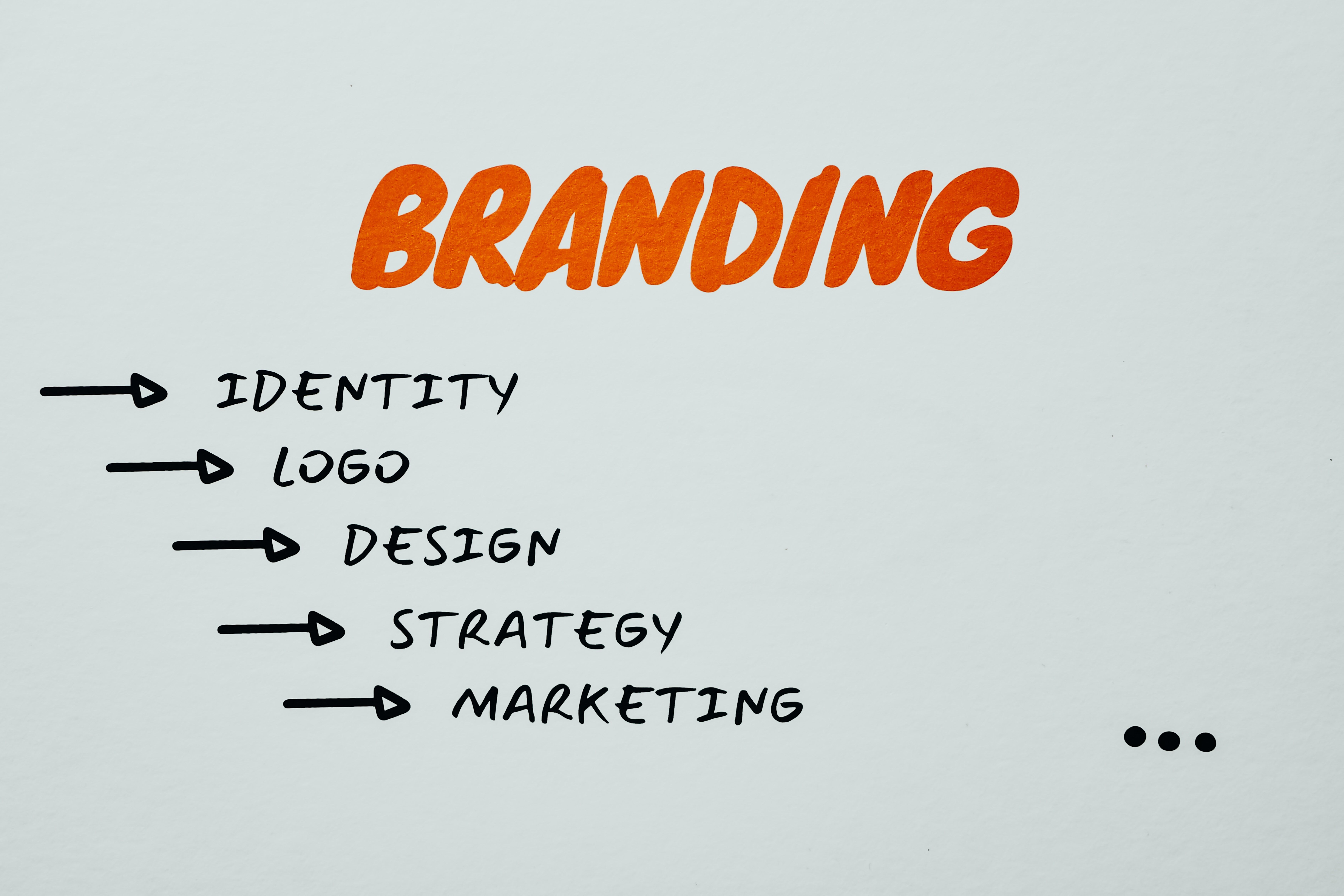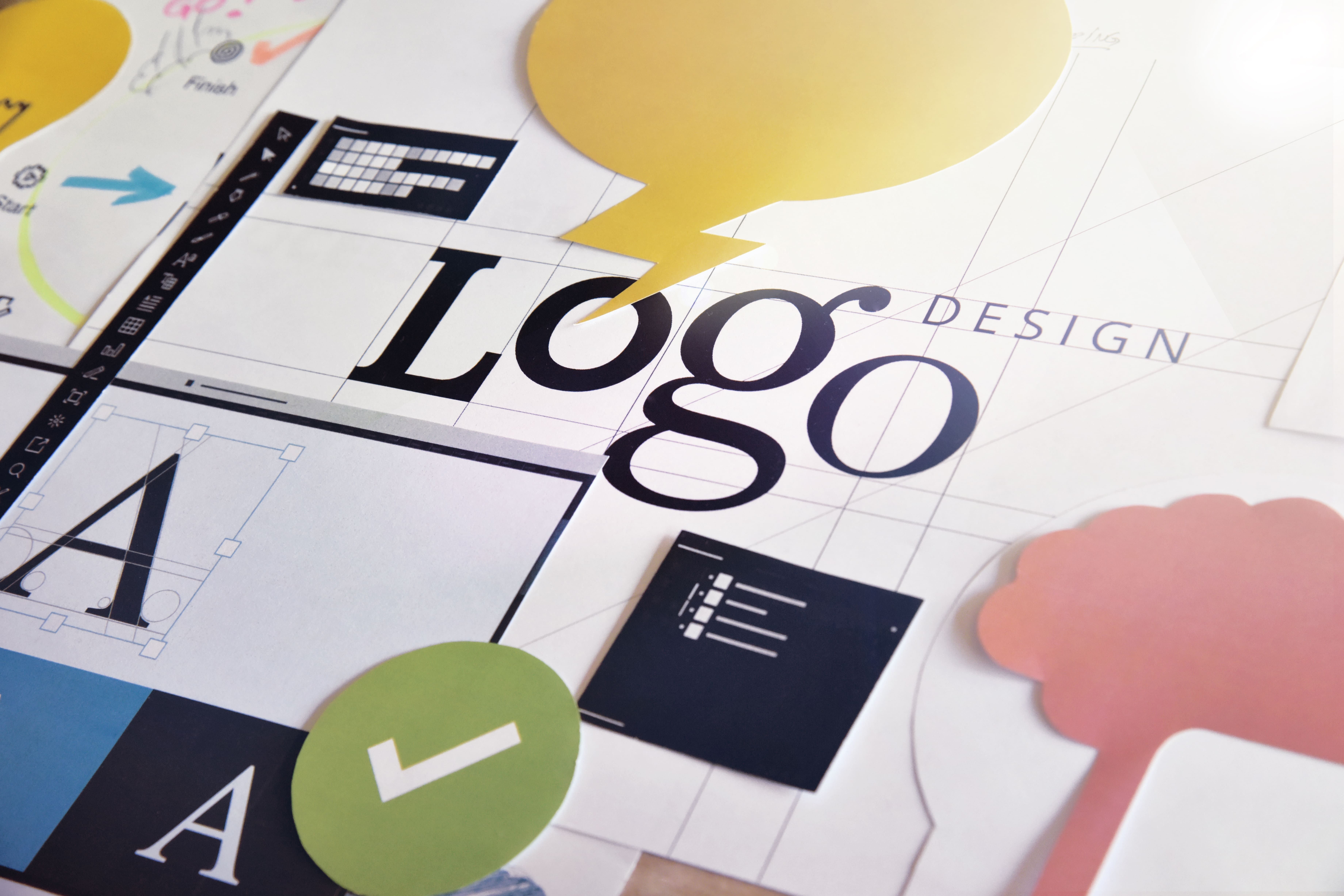Have you ever wondered why brands use certain colors in their logos and marketing campaigns?
It’s no accident – there is a whole field of study related to how colors affect our emotions, perceptions, and behavior known as color theory.
Colors have a huge impact on how businesses’ products and services are perceived by the world. Understanding the meaning of colors and how they affect viewers can give businesses a powerful advantage in design.
Color Wheel Basics

Isaac Newton created the color wheel in 1666, and its concepts might be familiar to you. There are primary, secondary, and tertiary colors and various hues, tints, shades, and tones of each.
Primary colors are red, blue, and yellow. These colors cannot be created by combining other colors and are the source of all other colors.
Secondary colors are green, orange, and purple and are made by mixing equal parts of two different primary colors.
The six tertiary colors are made by mixing a primary color with a secondary color. The tertiary colors are blue-green, blue-violet, red-orange, red-violet, yellow-orange and yellow-green.

Of course, there are seemingly endless choices of colors beyond primary, secondary, and tertiary colors, and these are made by shading, tinting, or toning the hue.
Hues are pure pigments of color without any shade, tint, or tone added in, and are typically pretty intense. A shade is made by adding black to a hue, a tint is made by adding white, and a tone is made by adding gray.
Color Psychology

Colors have a psychological impact on us, whether we are conscious of this or not. While there are some cultural variances when it comes to the meaning of color, there are also widely recognized associations and emotions evoked from certain colors and tones.
Pastels and muted colors are calming, which is why they are so often seen in places of relaxation, such as yoga studios and spas.
Bright colors are typically thought of as joyful and uplifting, whereas darker colors are associated with sadness and depression.
Blues, greens and cool tones convey tranquility and promote relaxation, and warmer tones with reds and oranges evoke energy and excitement.
There are both positive and negative emotions to consider that are associated with each color. This handy chart lists them all in one place and is a wonderful resource to keep on hand.
With so many colors available to choose from, selecting a harmonious combination can seem like the world’s most daunting task. Canva’s Color Wheel and Adobe’s Color Wheel are both great tools to help visualize and select complimentary color combinations.
The Wright Theory
Psychologist Angela Wright began studying color and mood in the 1970s.
Her findings, published in The Wright Theory, stated that all colors can be divided into 4 major groups. The colors within the 4 groups are harmonious with each other, but don’t work well at all with colors outside of their groups.
Another aspect of the Wright Theory is that all people can be divided into 4 personality types and that the 4 color groups will resonate with people based on their personality type. In other words, once you know someone’s personality type, you can predict which color group they will be most drawn to.
Group 1 personalities (warm, friendly, and optimistic) are drawn to Group 1 colors – clear, delicate, fresh colors that don’t have any added black. Group 1 colors are considered to be Spring colors.
 - Edited.png)
Group 2 personalities (calm, cool, collected, sensitive to others, and the least commonly found personality) prefer Group 2 colors – cool, subtle, and not necessarily light, but often containing grays. Group 2 is associated with Summer among designers, and maroon and raspberry are Group 2 colors.
 - Edited.png)
Group 3 personalities (intense, flamboyant, unique, friendly, and reliable) gravitate toward the rich, warm, offbeat Group 3 colors, associated with Autumn. These colors contain black, but black is not a Group 3 color.
 - Edited.png)
Group 4 personalities (efficient, sophisticated folks who are unlikely to suffer fools) are drawn to the cold, clear, strong contrasting Group 4 colors, Winter. Group 4 contains both black and white and is a bold and modern palette.
 - Edited.png)
Color Theory in Marketing
Businesses can (and do!) use color theory to their advantage in marketing.
Coca-Cola, Target, and (yours truly) Eternity Marketing use red and white in their logos. This bold and inviting combination helps these companies stand out, and their logos are immediately recognizable.
.png)
Red can stimulate hunger and is a popular choice for fast food companies like McDonald's, KFC, Pizza Hut and Wendy’s.

Financial institutions like TD Bank and Fidelity Wealth Management use green in their branding to capitalize on the color’s association with growth and prosperity.

Whole Foods, Tropicana and the Jolly Green Giant use green’s connotation with all things that are natural and healthy to illustrate their commitment to these values.

Pink’s feminine connection makes it a natural choice for companies like Victoria’s Secret and Barbie.

Orange helps brands like Home Depot and Etsy seem friendly and approachable while promoting innovation and change.

Discover Your Colors
Whether you’re creating a brand-new brand identity or just refreshing your current look, choosing the right colors to represent your business is an absolute must. If you’d like to work together to discover the perfect color palette for your business or to learn more about the power of color in marketing, get in touch today!



